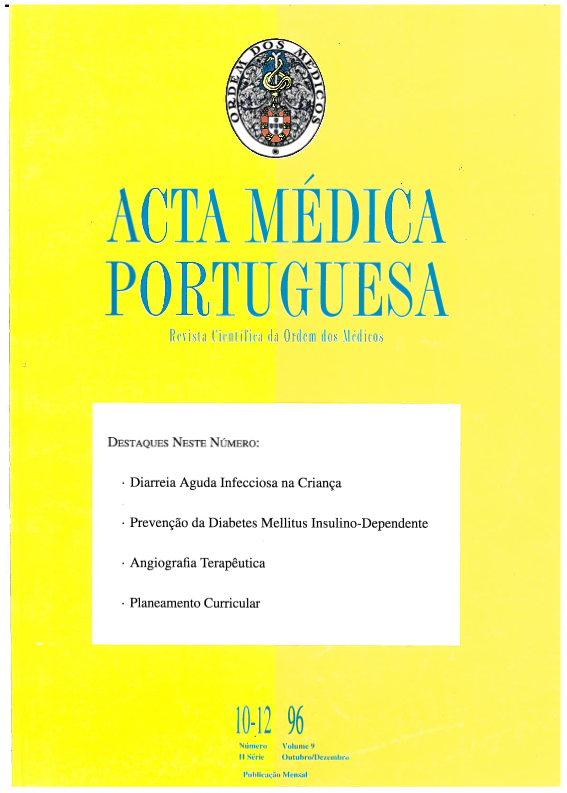Evaluation of the Cell-DYN 35)).
DOI:
https://doi.org/10.20344/amp.2627Abstract
The Cell-Dyn 3500 is an automated haematology analyzer which quantitatively measures and computes haematological quantities including a full "five-part" white cell differential. It measures 22 parameters for erythrocytes, white blood cells and platelets, also giving the respective histograms. Evaluation of the Cell-Dyn 3500 was performed according to the International Committee for Standardization in Haematology (ICSH) norms, for a period of 5 weeks. A total of 1,235 samples were studied by comparison with the Coulter MaxM. The five-part white cell differential and the flagging system were estimated and compared with the smear examination of 506 samples, by four clinical pathologists trained in cytology. Good correlation was obtained within, between batches, and day-to-day, for the following parameters: red blood cells (RBC), haemoglobin (HGB), mean cell volume (MCV), white blood cells (WBC) and platelets (PLT). The accuracy was estimated (RBC, HGB, VGM, WBC and PLT) each day with three different levels of titrated controls with good results. The linearity was established for RBC, HGB, WBC and PLT. The results obtained were good. Carry-over studies were performed according to the Broughton method for the same parameters and the results were also good. Stability studies for the automatic parameters including the differential white blood cell count showed that these parameters were stable at 4 degrees C for 48 hours. At room temperature the stability was reduced to 7 hours. Agreement was good between the Cell-Dyn 3500 and the Coulter MaxM, for the automatic haemocytometric values. The comparative studies between the five-part white cell differential of the haematologic analyzer and the manual differential showed excellent results for neutrophils and lymphocytes, very good for monocytes and eosinophils. For the flag estimation two criteria were established, one based on the clinical significance and the other based on the alarm detection described in the analyzer manual. The specificity was good for both criteria. In general the sensibility was better for the second criteria. The Cell-Dyn 3500 has thus shown to be a good haematology analyser which greatly reduces the morphological examination of smears.Downloads
Downloads
How to Cite
Issue
Section
License
All the articles published in the AMP are open access and comply with the requirements of funding agencies or academic institutions. The AMP is governed by the terms of the Creative Commons ‘Attribution – Non-Commercial Use - (CC-BY-NC)’ license, regarding the use by third parties.
It is the author’s responsibility to obtain approval for the reproduction of figures, tables, etc. from other publications.
Upon acceptance of an article for publication, the authors will be asked to complete the ICMJE “Copyright Liability and Copyright Sharing Statement “(http://www.actamedicaportuguesa.com/info/AMP-NormasPublicacao.pdf) and the “Declaration of Potential Conflicts of Interest” (http:// www.icmje.org/conflicts-of-interest). An e-mail will be sent to the corresponding author to acknowledge receipt of the manuscript.
After publication, the authors are authorised to make their articles available in repositories of their institutions of origin, as long as they always mention where they were published and according to the Creative Commons license.









